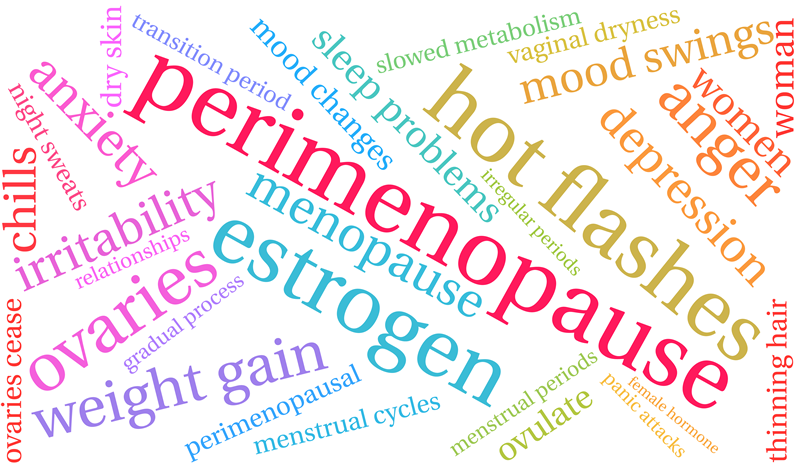News

The rise and fall of Female sex hormones
Symptoms of perimenopause and menopause are caused by the changing levels of our sex hormones. So what are they and what do they do?
Oestrogen - primary “female” hormone
What does it do?
- Promotes the growth and health of the female reproductive organs
- Keeps the vagina moisturised, elastic and well supplied with blood.
- Supports good bone health
What happens during Perimenopause/menopause?
Oestrogen levels generally decline during perimenopause, but they do so in an irregular fashion. Sometimes there can be more oestrogen present during perimenopause than in the past leading to Oestrogen dominance.
Potential symptoms of high/low oestrogen
Low Levels
- Low libido
- Vaginal dryness
- Hot flashes and night sweats
- Insomnia
- Fatigue
High Levels
- Bloating
- Breast tenderness
- Heavy bleeding
Progesterone and testosterone - are also changing and declining during your midlife years.
What does Progesterone do?
Prepares lining of the uterus for a fertilized egg and helps maintain early pregnancy
What does Testosterone do?
- Plays a key role in women’s oestrogen production
- Contributes to libido
- May help maintain bone and muscle mass
What happens during menopause/perimenopause
Levels of both start to decline.
Some symptoms of declining progesterone
- Heavy bleeding
- Painful Periods
- Irregular periods
- Mood changes – low mood, depression
I may have painted a bleak picture here, please don't despair as there are things we can do to help and support you throughout these hormonal changes. Changes to diet and lifestyle may make these symptoms more bearable.
You are not alone; I am here to support you. Please do contact me for more information.
Sources
Prior JC. Progesterone for Symptomatic Perimenopause Treatment - Progesterone politics, physiology and potential for perimenopause. Facts Views Vis Obgyn. 2011;3(2):109-120.
Santoro N. Perimenopause: From Research to Practice. J Womens Health (Larchmt). 2016;25(4):332-339.
